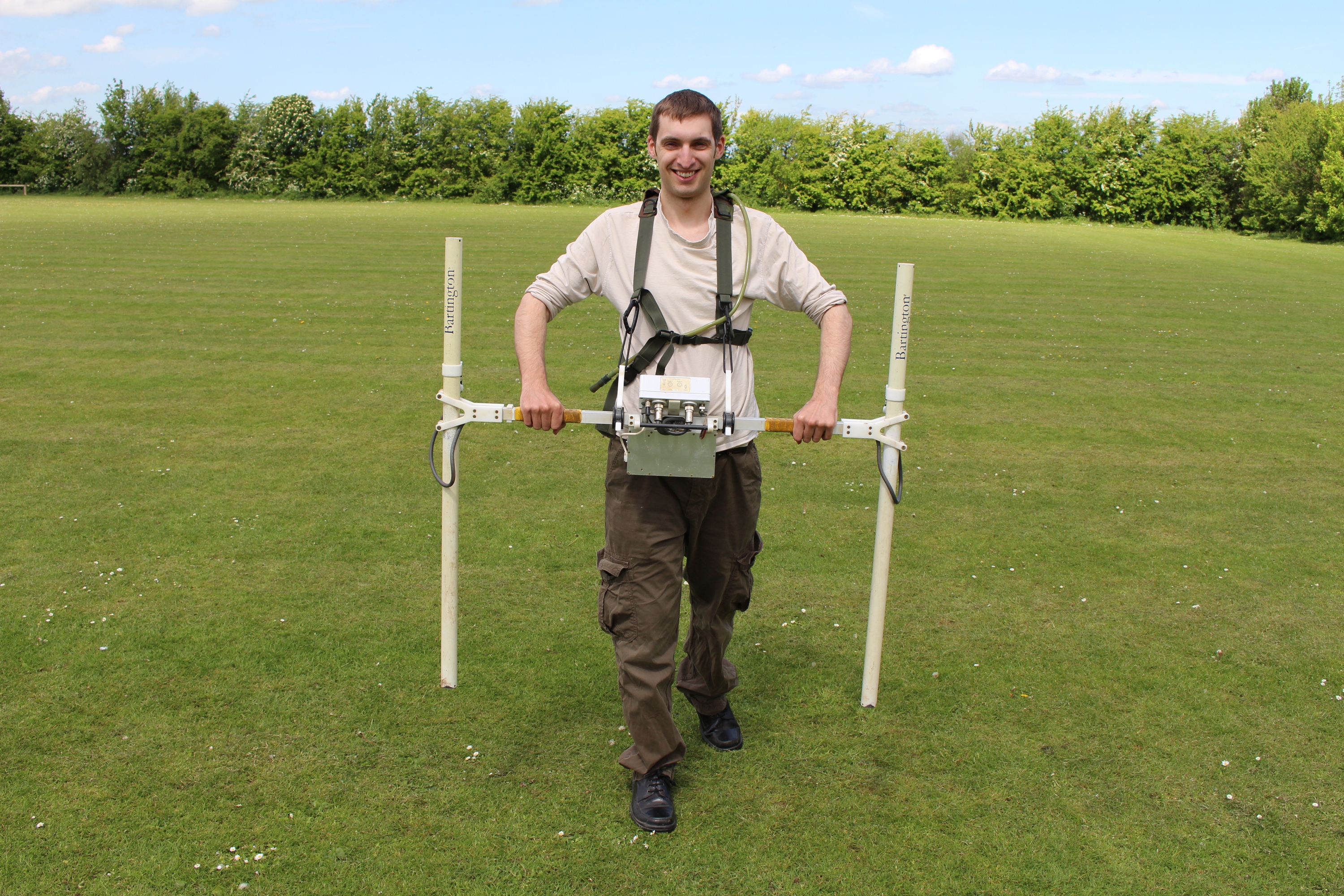All Categories
Featured
Table of Contents
43 Cfr § 3836.13 - What Are Geological, Geochemical, Or ... in City Beach Aus 2021
Time slice from 23 to 25ns. This last piece is now nearly all blank, but a few of the walls are still revealing highly.
How deep are these pieces? Regrettably, the software application I have access to makes approximating the depth a little tricky. If, nevertheless, the top 3 pieces represent the ploughsoil, which is probably about 30cm think, I would think that each slice is about 10cm and we are just coming down about 80cm in overall.

Thankfully for us, the majority of the websites we have an interest in lie just below the plough zone, so it'll do! How does this compare to the other techniques? Contrast of the Earth Resistance information (leading left), the magnetometry (bottom left), the 1517ns time slice (leading right) and the 1921ns time piece (bottom left).
Geophysics in Attadale Aus 2021
Magnetometry, as gone over above, is a passive strategy measuring local variations in magnetism against a localised no value. Magnetic vulnerability study is an active strategy: it is a procedure of how magnetic a sample of sediment might be in the existence of an electromagnetic field. Just how much soil is evaluated depends on the diameter of the test coil: it can be extremely little or it can be reasonably big.
The sensor in this case is really small and samples a tiny sample of soil. The Bartington magnetic susceptibility meter with a large "field coil" in use at Verulamium throughout the course in 2013. Top soil will be magnetically boosted compared to subsoils merely due to natural oxidation and decrease.
By measuring magnetic vulnerability at a fairly coarse scale, we can detect areas of human profession and middens. Sadly, we do not have access to a trusted mag sus meter, but Jarrod Burks (who assisted teach at the course in 2013) has some excellent examples. One of which is the Wildcat website in Ohio.
Airborne Geophysical Surveys Of The Lower Mississippi ... in Middle Swan Oz 2022
These villages are frequently laid out around a main open area or plaza, such as this reconstructed example at Sunwatch, Dayton, Ohio. Sunwatch Village, Dayton, Ohio (picture: Jarrod Burks). At the Wildcat site, the magnetometer study had actually located a range of features and homes. The magnetic vulnerability survey assisted, nevertheless, specify the primary area of profession and midden which surrounded the more open area.
Jarrod Burks' magnetic vulnerability study arises from the Wildcat website, Ohio. Red is high, blue is low. The strategy is for that reason of terrific usage in defining locations of general profession instead of recognizing specific functions.
Geophysical surveying is an applied branch of geophysics, which uses seismic, gravitational, magnetic, electrical and electromagnetic physical methods at the Earth's surface to measure the physical homes of the subsurface - What's The Difference Between A Geotechnical And ... in East Cannington WA 2021. Geophysical surveying approaches generally determine these geophysical residential or commercial properties together with anomalies in order to evaluate numerous subsurface conditions such as the existence of groundwater, bedrock, minerals, oil and gas, geothermal resources, voids and cavities, and much more.
Table of Contents
Latest Posts
Airborne Geophysical Survey in Hocking Aus 2023
Geophysical Survey Services - Geophysical Test Methods in Karrinyup Australia 2020
Geophysicist: Job Description, Duties And Requirements in The Vines Aus 2020
More
Latest Posts
Airborne Geophysical Survey in Hocking Aus 2023
Geophysical Survey Services - Geophysical Test Methods in Karrinyup Australia 2020
Geophysicist: Job Description, Duties And Requirements in The Vines Aus 2020